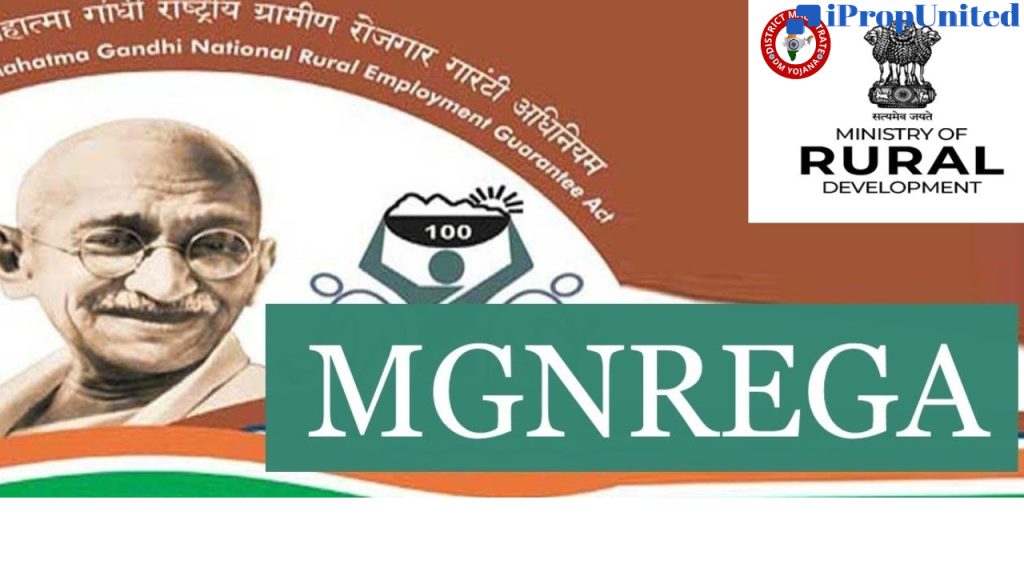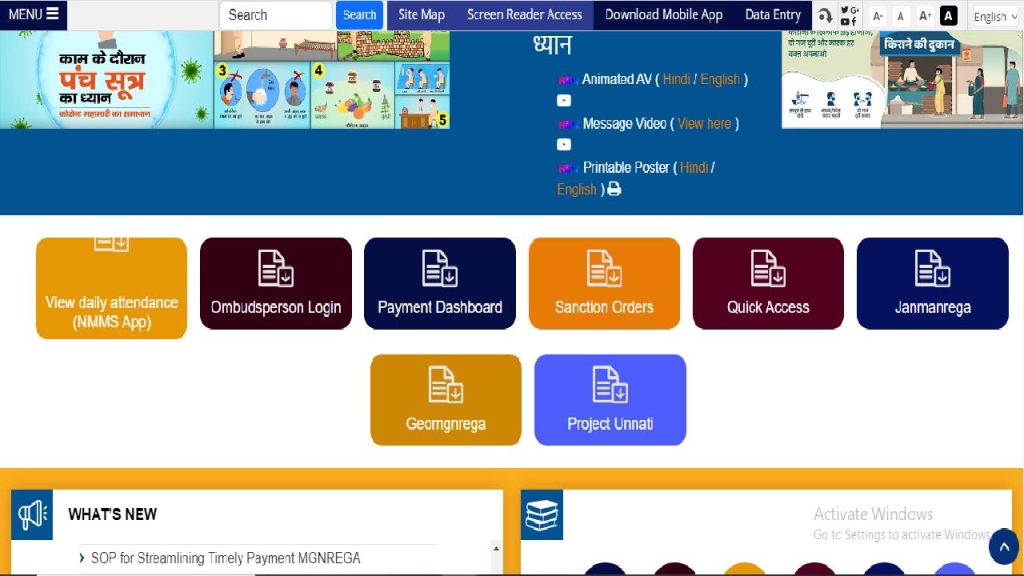Economic globalization refers to the increasing integration of national economies worldwide, especially through trade and financial activities. This involves trade in goods and services, capital flows and the exchange of assets (such as currency and stocks), the exchange of technology and ideas, and international labor and migration flows.
There have been numerous instances of globalization, meanwhile, some experts assert that there have also been phases of deglobalization or a slowdown of globalization.
According to researchers, the most recent wave of economic globalization started in the decades following World War II. Between 1960 and 2019, global trade’s share of the global GDP increased from 25% to 60%.
Global trade generally grew more consistently than the GDP following World War II, however, this trend has not held in recent years. The share of foreign direct investment (FDI) increased from 6% in 1980 to 42% in 2019. Many technological developments in communication and transportation have greatly bridged the gap between global economies.

Additionally, since World War II, domestic and multilateral policies have steadily reduced man-made barriers to international trade (such as tariffs, quotas, subsidies, immigration regulations, and capital controls). Despite the fact that the majority of economists claim that globalization has raised living standards everywhere, there is still disagreement over whether and to what extent greater economic integration has been inclusive, benefited some groups more than others, and increased inequality between nations.
Importance of Globalization
The effects of globalization are changing how people, corporations, and governments interact. In particular, it alters the pattern of economic exchange between countries by fostering trade, opening up global supply chains, and facilitating access to labor markets and natural resources.
The exchange of ideas across cultures is facilitated by altering how trade, finance, and engagement between nations take place. Geographical restrictions, political boundaries, and political economy-related impediments are eliminated.
For instance, globalization makes it possible for corporations to use the resources of another country. Increased open access alters how firms interact, manage their supply chains, and produce their goods. Companies discover less expensive or more experienced labor, cheaper raw materials and parts, and more effective techniques to manufacture products.
Globalization opens up prospects for growth because there are fewer constraints on trade. International competition is encouraged by increased trade. This encourages creativity and, in some situations, the sharing of knowledge. Also, those who go to other countries for business and employment carry their own cultures with them, which impact and blend with other cultures.
Globalization’s many different forms of exchange can have both good and bad effects. For instance, cross-border trade in people and things can generate innovative ideas and advance commerce. This movement, however, has the potential to accelerate the spread of disease and spread ideologies that could undermine political economies.
Benefits of Economic Globalization
Globalization gives enterprises a competitive edge by enabling them to source raw materials where they are less expensive. Organizations can benefit from cheaper labor costs in developing nations as a result of globalization, while simultaneously utilizing the technical expertise and experience of more advanced economies.
Due to globalization, various components of a product may be produced in various parts of the world. The automotive industry, for instance, uses globalization extensively because various car parts may be produced in many nations. Even seemingly simple goods like cotton T-shirts can be produced by companies across numerous nations.
Even services are impacted by globalization. Many American enterprises have contracted with Indian firms to provide call centers or information technology services. Because of Mexico’s reduced labor costs, U.S. automakers moved their operations there as part of the North American Free Trade Agreement (NAFTA). The end consequence is greater employment in nations where it is necessary, which can boost the national economy and raise living standards. China is an excellent illustration of a nation that has greatly profited from globalization.
Another instance is Vietnam, where the rise in rice prices brought many impoverished rice farmers out of poverty as a result of globalization. When the standard of living rose, more kids from low-income families stopped working and started going to school.
Globalization generally lowers the cost of manufacturing. This implies that businesses can charge customers less for their products. One important factor that raises the standard of living is the average cost of commodities. Also, consumers have access to a greater range of goods. In some situations, providing a more diverse and balanced diet may help to enhance health; nevertheless, in other situations, it is blamed for an increase in the intake of bad foods and diabetes.
Downsides
Globalization is not always advantageous. Every change involves winners and losers, and those who reside in areas where jobs have been outsourced to other countries frequently lose out. In practice, this means that workers in developed countries must compete for jobs with workers in lower-cost markets; unions and workers may not be able to defend against the threat of corporations that offer employees the choice between receiving lower pay or losing their jobs to a supplier in a labor market with lower wages.
In the developing world, where economies are changing quickly, the situation is more complicated. It is true that some parts of the supply chain’s working conditions are appalling. For instance, Bangladesh’s garment sector reportedly employs four million people, but the average worker there makes less money each month than an employee in the United States does each day. Almost 1,100 people were killed in a textile industry building collapse in 2013. Opponents also assert that the availability of jobs for children in developing nations may worsen the effects of child labor and tempt children from low-income families to skip school. In general, critics hold the globalizing forces responsible for creating a climate where workers in nations with inadequate rights are exploited.
Also, studies imply that globalization may create income inequality and gaps between individuals in a society with higher and lower levels of education. As a result of ongoing pressure from globalization, earnings for unskilled workers could be dropping.
What is the G20?
By addressing global economic challenges including financial stability and climate change, the G20, or Group of Twenty, is an international conference that seeks to promote international collaboration. The majority of the world’s greatest economies are represented in the G20, which is made up of 19 nations plus the European Union.
The involved countries control 80% of global trade, 60% of world GDP, and 60% of the world’s population. It was established in 1999 in the wake of the financial crisis of 1997, and since then, it has had annual meetings.
Since 2008, the G20 has convened a summit every year when leaders of state meet to discuss crucial economic concerns. The summit is held by the president of the G20’s home nation, who is chosen annually on a rotating basis.
The summit took place in Osaka, Japan, in 2019 and covered topics like climate change, artificial intelligence, and women’s empowerment. Because of the pandemic, the 2020 meeting, which was scheduled to take place in Riyadh, Saudi Arabia, was only held digitally. Empowering people, particularly women and young people, protecting the environment, and developing long-term plans to spread the advantages of innovation and technological progress were three of the major topics discussed. The recovery from the pandemic and climate change were the main topics of discussion at the Rome, Italy, summit in 2021.
G20 members include South Africa, Saudi Arabia, South Korea, Turkey, the United Kingdom, the United States, the European Union, Argentina, Australia, Brazil, Canada, China, France, Germany, Japan, India, Indonesia, Italy, Mexico, and Russia. Spain is the permanent guest of the group.
Strategies for adapting and taking advantage of a globalized economy
There is little doubt that globalization has had both positive and negative consequences on economic growth. Governments must adapt and take advantage of opportunities offered by a globalized economy in order to profit from these results.
Governments and businesses can use a number of strategies to adjust to and benefit from a globalized economy, including spending money on education and training, diversifying industries, building infrastructure, assisting small and medium-sized businesses (SMEs), putting in place environmental and social standards, encouraging foreign investment, and lastly, encouraging networking and cooperation.
Follow and Connect with us: Twitter, Facebook, Linkedin, Instagram



















